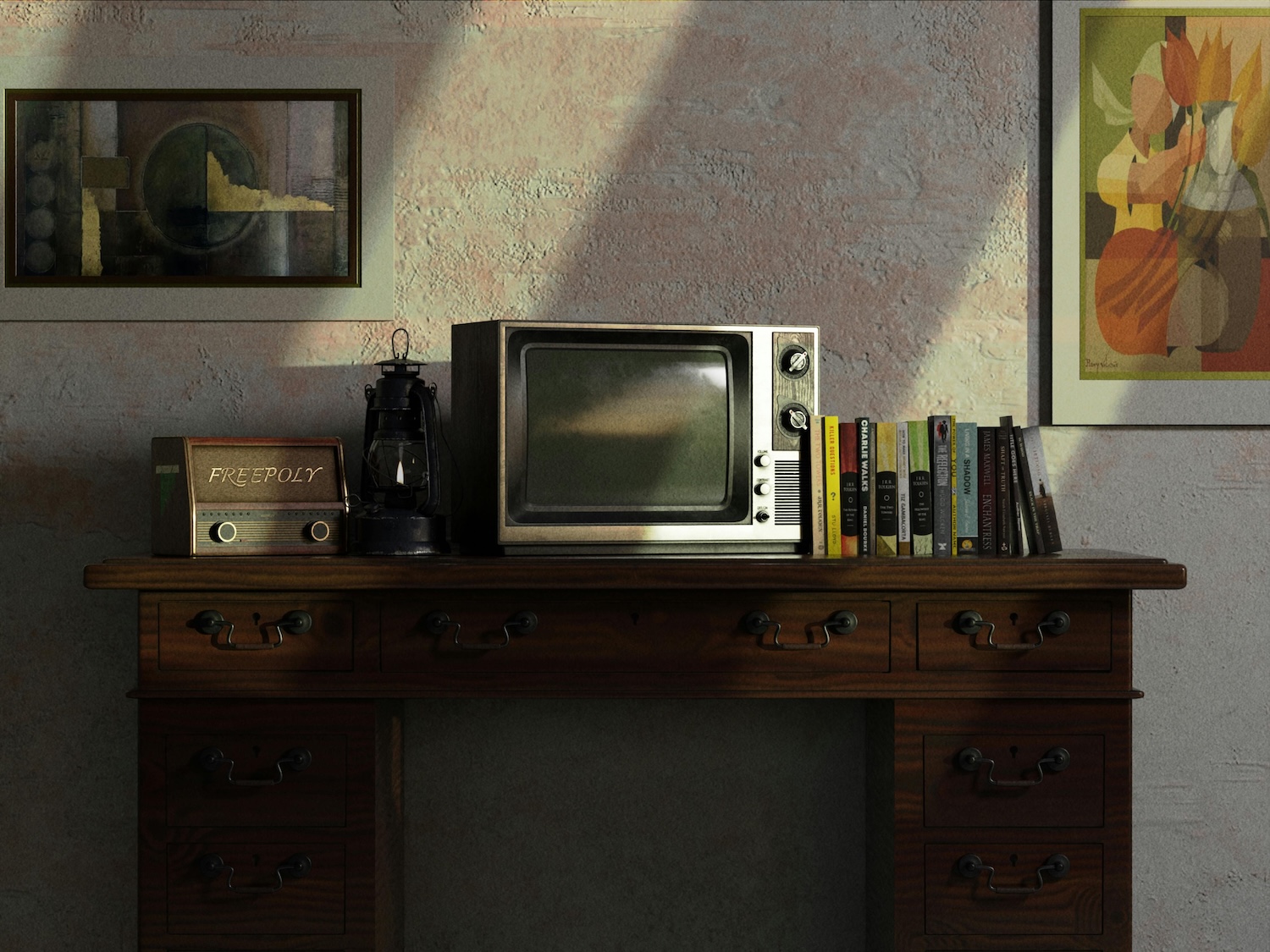Find new customers part 2: The vintage buyer persona
We give you the tools you need to build a customer persona for your resale shop as part of our series on finding new customers for your secondhand shop or service
We’ve discussed the idea of the “target audience” and the research that goes into building a customer persona.
Assuming we collected information by following the questions on building a customer persona, let’s say you’ve found this out:
- A lot of your buyers are Gen Z
- Several or many work in the creative field or as freelancers
- They are concerned about sustainability and buying used above all else, but they also want good value for their money
- They’re super-active online
- You sell in Vancouver, so most of your buyers are in Vancouver
- You sell a variety of vintage decor but these particular customers tend to focus on your vintage posters, your sculptural objects, etc.
So let’s build a customer persona.
You can name your customer and have some fun with it if you want, but you don’t need to. You can also do this in point form.
Example of a customer persona
Sustainable Sabrina
24-28 years old
Sabrina lives in Vancouver and is concerned about humans’ impact on the planet and values sustainability, which is what primarily drives her interest in vintage shopping. She’s afraid of the impacts of climate change and it keeps her up at night.
Sabrina works in the creative arts and loves vintage poster design and typography, and at any given time she has one or more creative side hustles or collaborations that she works on with other artistic friends, like a lettering video series on YouTube.
She works from home for an agency, but makes okay money and has some disposable income for small purchases. All her hobbies are her creative pursuits, but she does like to go to vintage markets with her friends. Her goal is to open her own creative studio one day.
Sabrina is reserved around people she doesn’t really know, but outspoken online about the things she cares about. She maintains more of her relationships online and has a small circle of close friends offline. Sabrina is also price-conscious, which is the secondary reason she likes vintage fashion and vintage decor.
She conducts most of her shopping online, via Instagram, Facebook Marketplace and Bunz. Sabrina primarily uses Instagram, TikTok, Snapchat and YouTube. She only uses Facebook to check Marketplace for stuff for her apartment.
Continued below
Find vintage and antique shops near you
Browse our directory
Continued from above
What we use customer personas for
You may have more than one customer persona, because there may be more than one type of person that buys from you.
The purpose of getting so detailed with the persona is to arm yourself with as much information about your typical buyer as possible. You can then use these details to create content or marketing initiatives that are targeted to your customers. We'll cover that in more detail in an upcoming post.
Once you have done the work in creating your personas, you can zoom out a little bit on each one: “Gen Z in the creative field who cares about sustainability.”
That’s your target audience.
You might have more than one target audience, but ideally you will find a commonality between all of your personas that will help you narrow your scope.
You’re going to use this target audience to find more customers who are like the ones you already have (we will cover ways to do that in an upcoming post), and you're going to use your customer persona to create content that specifically talks to them.
Initially, your target audience will probably be quite small.
In the example above, the target audience isn’t all Gen Zs. It’s not all people in the creative field. It’s not everyone who cares about sustainability.
It’s Gen Zs in the creative field who value sustainability.
As Katie Dempsey from Brand Ambition said in our webinar Branding Your Vintage Business, this is called “niching down.”
What’s your customer persona? Let us know in the comments!
Thank you for valuing our work!
Support our work to see this page.
You’ve got a good eye, but this gem is only available for members. Register for a plan or upgrade your current one to peek behind this vintage curtain, or log in below.
















